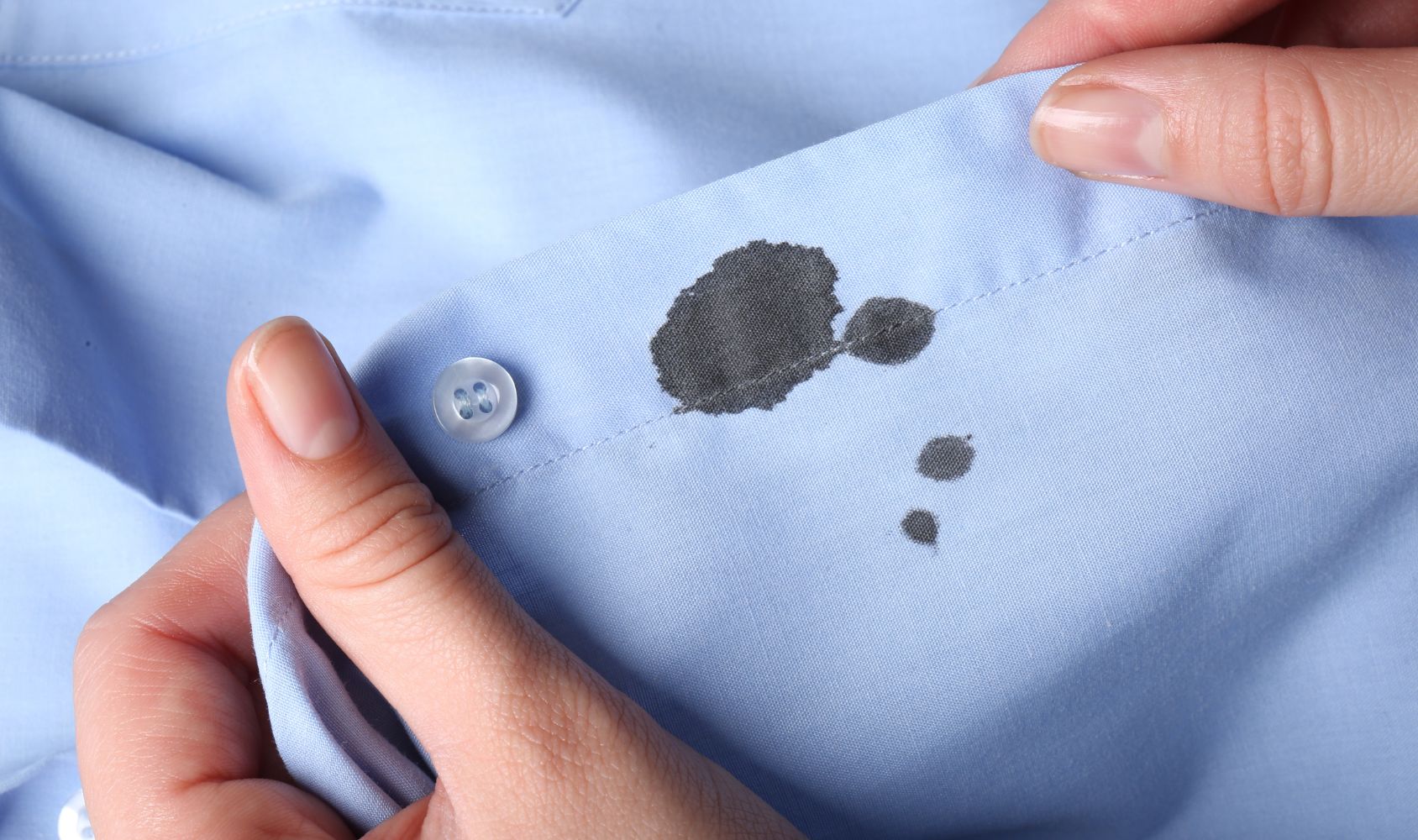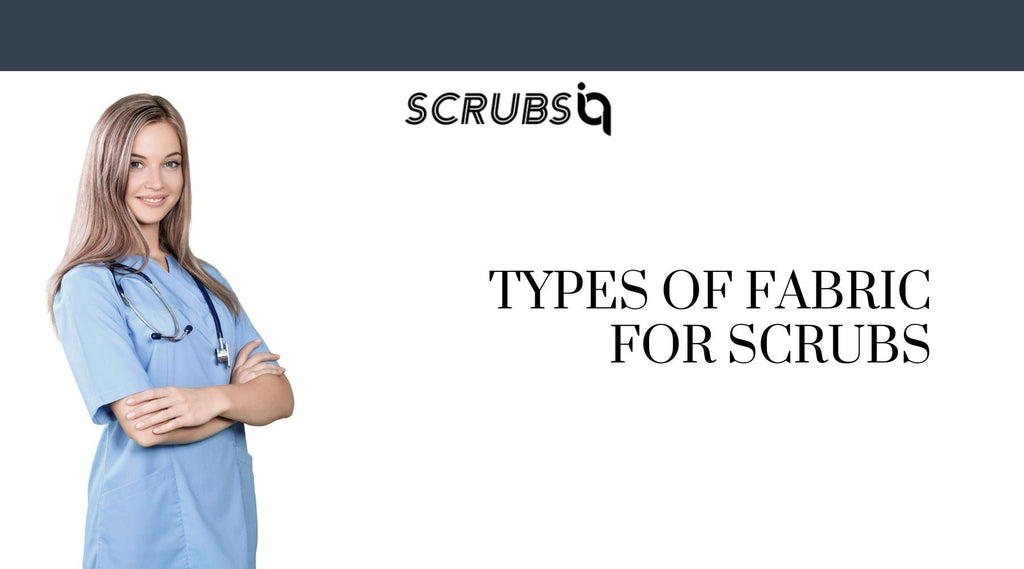Medical scrubs come in all shapes, sizes, and colours, with a range of styles available to medical professionals that have come a long way since Florence Nightingale's original nurse uniforms. However, it’s not only the way they look and fit that has changed, but also the scrub fabrics they are manufactured from, making them more suited to the challenging environments they are worn in.
Today, whether in cotton, polyester, twill, or poplin, and many more, the best scrubs on the market are made to be comfortable and easy to clean, while also allowing flexible movement, breathability, and moisture wicking for those sticky days on the ward or in the community. So, to help you find the perfect fit for your role, this article will explore the different fabrics used to manufacture scrubs and why our customers love each type.
Scrubs and Their Importance in Healthcare
Medical uniforms, whether men’s or women’s scrubs, are extremely important within the industry. They are primarily designed to maintain hygiene, while offering varying functionalities such as pockets, clips, and loops for stethoscopes and other equipment. Additionally, they are made to be durable and easy to clean, two very important factors considering the types of environments they are designed for.
For these reasons, the materials and fabrics that scrubs are made from have evolved over the years, introducing elements that help nurses, EMTs, doctors, dentists, and other healthcare professionals maintain a professional look while remaining comfortable throughout the day.
Different Types of Fabrics Used in Scrubs

There are now many different scrub materials and fabric blends used to manufacture scrub tops, pants and other garments, and you may find some are more suited to the way you work and the specific challenges of your role. Some of the most common fabrics and textiles include:
Cotton Fabric
Cotton fabric is a classic choice for scrubs due to its breathability, absorbency, and soft feel against the skin. Our customers love nursing scrubs and other medical garments made from high-quality cotton offer both comfort and durability which make them a popular option for healthcare professionals who love the traditional feel of cotton on their skin.
Polyester Blend
Polyester blend fabrics are gaining popularity in the medical field due to their moisture-wicking properties and resistance to wrinkles. ScrubsIQ customers report that scrubs made from a polyester-cotton blend provide a balance of comfort and durability, making them suitable for busy healthcare settings. Having said this, some people may find them less comfortable than cotton.
Spandex Blend
Spandex blends add an element of stretchiness to scrubs, allowing for ease of movement during the demanding work day, and many of our customers love the snug fit of this fabric. Often found in scrub pants and scrub suits, Spandex blends provide flexibility and comfort without sacrificing a professional appearance
Twill
Twill is a sturdy fabric known for its resistance to wear and tear, and scrubs made from twill are long-lasting and will maintain their shape even after multiple washes. Our customers tell us that they are an excellent choice as hospital scrubs that are put to the test day after day.
Poplin
Poplin fabric is characterised by its smooth texture and lightweight nature, and ScrubsIQ customers love the crisp, clean appearance and breathability. This means poplin blends are an ideal choice for healthcare professionals looking for a polished look without compromising comfort.
Viscose
Viscose, derived from wood pulp, is a synthetic fabric known for its silky feel and moisture-wicking properties, and our customers enjoy its soft touch and feel on the skin. Scrubs made from viscose are lightweight, comfortable, and ideal warmer for environments.
Different Types of Blends Used in Scrubs
Among the most advanced materials are blended fabrics that combine a number of advantages over scrubs made from a single material. Commonly, you will find these fabric blends within contemporary scrubs.
Cotton Blend
Cotton blends combine the natural comfort of cotton with synthetic fibres for added durability and wrinkle resistance. These scrubs maintain a high level of breathability while offering enhanced longevity, making them suitable for long-term use.
Polyester Cotton
Polyester cotton blends strike a balance between moisture-wicking properties and softness. Scrubs made from this blend are easy to care for, making them a practical choice for busy healthcare professionals.
Spandex Blend
Scrubs featuring a spandex blend provide the stretch needed for ease of movement, making them an ideal choice for individuals with an active work routine. The added spandex ensures that the scrubs retain their shape and fit comfortably, as for example, with many types of jogger scrubs that blend spandex and nylon or cotton.
Maintenance and Care Tips for Scrubs of Different Fabrics

Marinating your scrubs so they’re always fit for your role can be a challenge, especially considering the types of stains you may encounter. However, by following these simple tips you can keep your medical uniforms looking tip top.
Cotton Scrubs
To maintain the quality of cotton scrubs, wash them in cold water and avoid using bleach, which can weaken the fabric. Tumble dry on low heat to prevent shrinkage, and promptly remove them from the dryer to reduce wrinkles.
Polyester Blend Scrubs
Polyester blend scrubs are easy to care for. Machinewash with similar colours and tumble dry on low heat. The wrinkle-resistant nature of this fabric makes ironing optional.
Spandex Blend Scrubs
Wash spandex blend scrubs in cold water to preserve their elasticity. Avoid using fabric softeners, as they can break down the spandex fibres. Line drying or low-heat tumble drying is recommended.
Factors to Consider While Choosing the Right Fabric for Your Scrubs
Choosing the perfect set of scrubs for your body and role is crucial, as it will allow you to perform your duties in comfort while maintaining a professional appearance. In addition, understanding the best types of fabrics and properties they offer for you on a personal level will help you narrow down your search for your next favourite medical uniform.
Breathability
In a healthcare setting, breathability is crucial to ensure comfort during long shifts. Fabrics like cotton and viscose provide excellent breathability, allowing air to circulate and preventing overheating.
Stretch and Flexibility
For healthcare professionals with an active routine, a fabric blend that includes spandex is essential. It allows for a wide range of motion and ensures that scrubs maintain their shape even with constant movement.
Durability and Longevity
High-quality fabrics like twill and cotton blends are known for their durability. Investing in scrubs made from these materials ensures they can withstand the demands of a healthcare environment.
Moisture-Wicking Properties
Fabrics like viscose and polyester blends excel at wicking away moisture, keeping healthcare professionals dry and comfortable, even during high-intensity tasks.
Antimicrobial Properties
In healthcare settings, fabrics with antimicrobial properties can help reduce the spread of bacteria and maintain a hygienic environment. Look for fabrics treated with antimicrobial agents for added protection.
Stain Resistance
Scrubs often come into contact with various substances, particularly surgical scrubs, so opting for a fabric with stain-resistant properties can make a significant difference in their longevity and overall appearance.
Environmental Impact
Consider the eco-friendliness of the fabric. Fabrics made from sustainable materials or using eco-conscious production methods can be a choice aligned with your environmental values. Also consider fabrics that are sourced and produced in a socially responsible manner. Choosing scrubs from manufacturers with ethical labour practices contributes to a more sustainable and conscientious supply chain.
Static Resistance
In environments where static electricity can be a concern, choosing a fabric with anti-static properties can help minimise discomfort and potential hazards for both the wearer and sensitive electronic equipment.
Conclusion

While it's always important to choose scrubs that look good and fit well, you should take some time to consider the beneficial properties of the different fabrics currently available on the market today. Whether it's the breathability of cotton, the stretch of spandex, or the durability of twill, the perfect fabric can make or break your daily comfort.
Additionally, a profession that cares for people should also care for the planet that they inhabit, so choosing scrubs that have a minimal environmental impact and that are ethically and sustainably sourced is another consideration for all medical professionals.
For more information on Scrubs, shoes, and other medical apparel, contact ScrubsIQ today and explore the blog.

